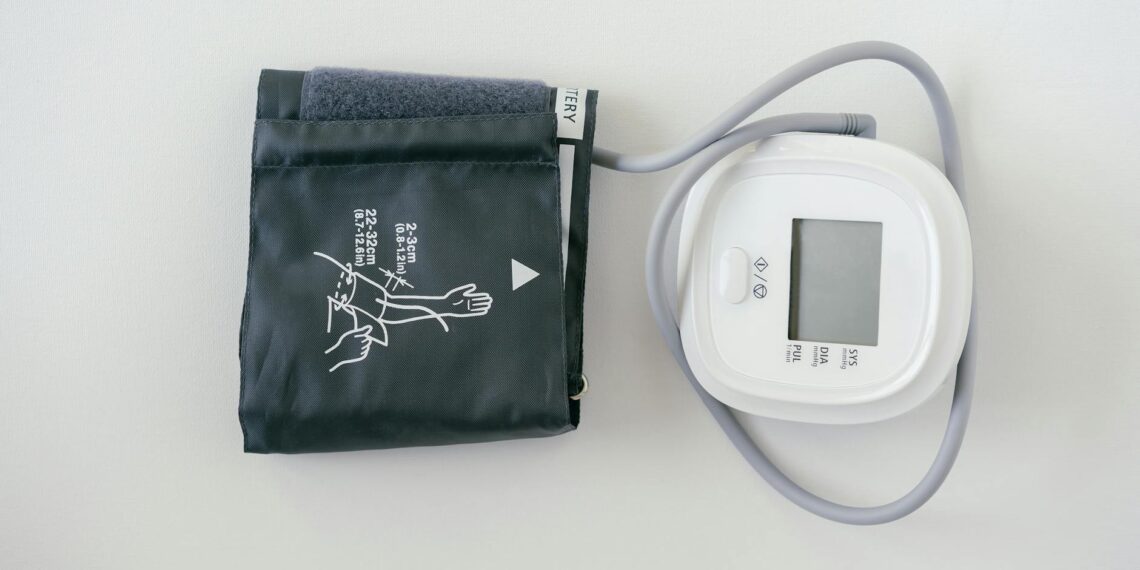A coin battery , also known as a coin cell or button cell , is a small, round, and flat battery shaped like a coin. They are designed to power small, low-power devices.
- Size and Shape: Coin batteries are typically small, flat, and disc-shaped. They can range in diameter from 4.8mm to 30mm and in thickness from 1.0mm to 7.7mm. The diameter is usually larger than the thickness.
- Voltage: Most coin batteries have a voltage of 3 Volts. Some new cells might have a slightly higher voltage, around 3.6 Volts.
- Chemistry: Coin batteries primarily use lithium chemistry, specifically lithium manganese dioxide (Li-MnO2). This chemistry is denoted by the IEC prefix “CR”.
- Capacity: The capacity of coin batteries is typically low, ranging from 50 to 250 mAh. For instance, a CR2032 battery has a capacity of 220 mAh.
- Rechargeability: Most coin batteries are non-rechargeable (disposable). However, some rechargeable variants, such as those with LIR, ML, and LV series designations, are available.
Coin batteries are commonly used in a wide range of small electronic devices, including:
- Watches
- Calculators
- Medical devices (like hearing aids and glucose meters)
- Key fobs and car remotes
- Toys and games
- Flameless candles
Due to their small size, coin batteries pose a significant risk if swallowed, especially by children. If ingested, they can cause serious internal burns and injury. Some manufacturers, such as Duracell, have added a non-toxic bitter coating to their batteries to help discourage swallowing. If you suspect a child has swallowed a coin battery, it is crucial to seek immediate medical attention.
While the terms “coin battery” and “button battery” are often used interchangeably, there is a subtle distinction. Button batteries are smaller and thinner than coin batteries. Coin batteries are typically made with lithium chemistry and have a 3 Volt output, whereas button batteries usually do not contain lithium and have a 1.5 Volt output, [according to ProductIP] . Button batteries are more likely to pass through the body without causing significant problems, while the higher voltage of lithium coin batteries can cause serious burns if they get stuck in the esophagus.











What is the point of coin batteries?
Mostly, coin batteries have a low self-discharge rate. It means they hold a charge for a longer span, which facilitates a long shelf life. As coin batteries are consistent and reliable, these are ideal for use in portable products that need a longer service.
What is the difference between a battery and a coin cell battery?
But there is an important difference between them: Coin batteries contain lithium, button batteries do not. Coin batteries (or cells) contain lithium chemistry and have a 3 Volt output.
Is a coin battery the same as a button battery?
From my experience, Lithium coin cell batteries are thinner than button batteries and have a higher voltage. They are used to power devices like scales, key fobs and flameless candles.